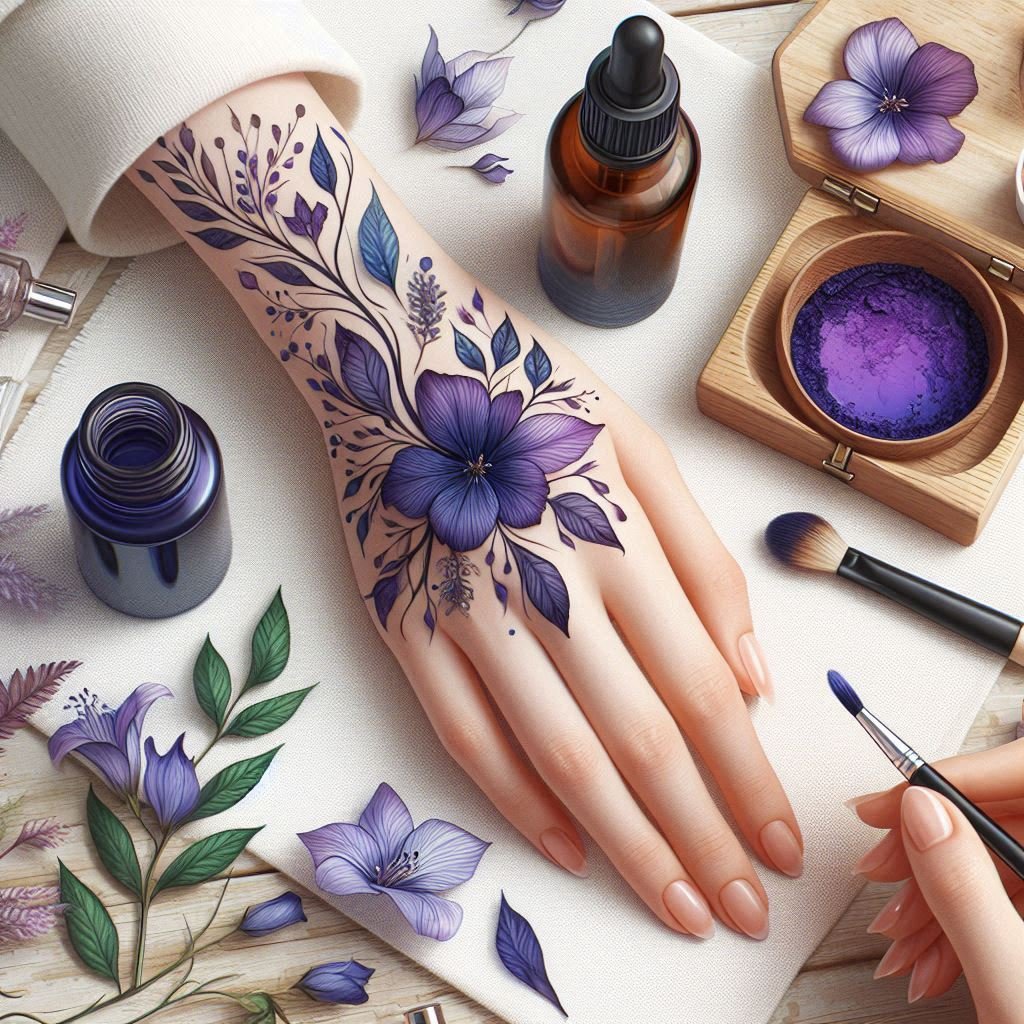Gentian Violet, a powerful antifungal and antiseptic agent, has been used for decades to treat various skin conditions and infections. However, its deep purple color can often leave stubborn stains on the skin, causing frustration for those who use it. Whether you’ve used Gentian Violet for its medicinal properties or accidentally spilled it on your skin, this blog post will guide you through effective methods to safely remove those persistent stains.
Understanding Gentian Violet:
Gentian Violet is renowned for its ability to combat fungal and bacterial infections, making it a valuable ally in the world of medicine. However, it’s equally well-known for its staining potential due to its vivid purple hue. The dye properties that make it an effective antiseptic also make it difficult to remove from the skin. But fear not, as there are proven methods to tackle these stains without harming your skin.
Safety First: Precautions Before Removal:
Before diving into stain removal techniques, it’s important to take some precautions to ensure your skin’s safety:
- Gloves: If you’re handling Gentian Violet, it’s advisable to wear gloves to prevent direct contact with your skin.
- Protective Clothing: If you’re applying Gentian Violet to a specific area of your body, consider covering surrounding skin with a barrier like petroleum jelly to prevent accidental staining.
- Spot Test: Perform a spot test on a small, inconspicuous area of your skin before using any stain removal method to ensure that your skin doesn’t react negatively.
Table: Comparison of Gentian Violet Stain Removal Methods
| Method | Steps | Pros | Cons |
|---|---|---|---|
| Soap and Water | Wash with soap and water, rinse, and dry. | Readily available, gentle on skin. | May not fully remove deep stains. |
| Isopropyl Alcohol | Dab with alcohol-soaked cloth, rinse, dry. | Effective in breaking down the stain. | Can dry out the skin with repeated use. |
| Oil-Based Removers | Apply oil, rub, wipe, rinse, and dry. | Moisturizing, helps dissolve the stain. | May require multiple applications. |
| Baking Soda Paste | Apply paste, massage, rinse, and moisturize. | Natural and non-abrasive. | Might not work on all stains. |
- Soap and Water:
- Start with the basics. Wash the stained area with soap and water as soon as you notice the stain.
- Gently rub the stained area with a mild soap using circular motions. Be careful not to scrub too vigorously, as it might irritate the skin.
- Rinse thoroughly with lukewarm water and pat dry.
- Isopropyl Alcohol:
- Dampen a clean cloth or cotton ball with isopropyl alcohol (rubbing alcohol).
- Gently dab the stained area with the alcohol-soaked cloth. Avoid rubbing, as this could spread the stain.
- Rinse with water and pat dry.
- Oil-Based Removers:
- Apply a small amount of oil-based remover, such as baby oil or coconut oil, onto a cotton ball or soft cloth.
- Gently rub the stained area in a circular motion, allowing the oil to break down the stain.
- Wipe away the residue and rinse with soap and water.
- Baking Soda Paste:
- Mix baking soda with a small amount of water to create a paste.
- Gently massage the paste onto the stained area using your fingers or a soft cloth.
- Rinse thoroughly and moisturize the skin afterward, as baking soda can be drying.
Conclusion:
Gentian Violet’s potent medicinal properties come with the downside of leaving stubborn stains on the skin. However, armed with the knowledge and methods shared in this blog post, you can confidently remove these stains while prioritizing your skin’s health. Remember to take precautions, choose a method that suits your skin’s sensitivity, and act promptly to ensure the best results. With the right approach, you can bid farewell to those pesky Gentian Violet stains and enjoy the benefits of this versatile antiseptic without worry.

